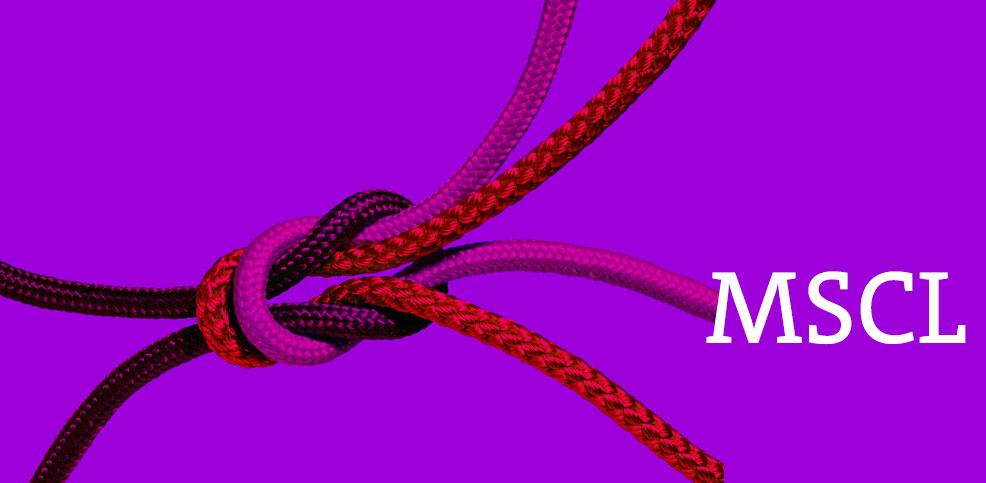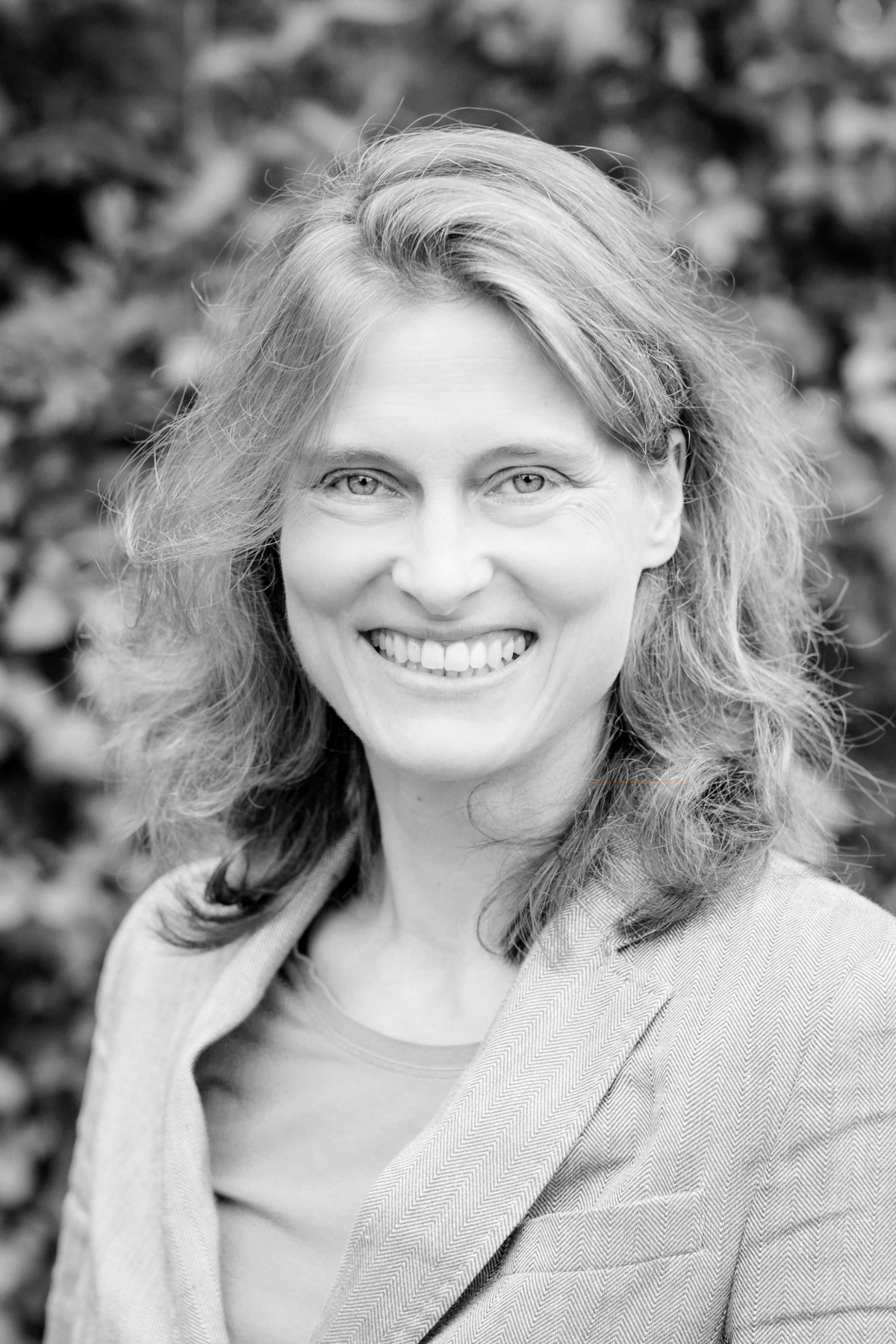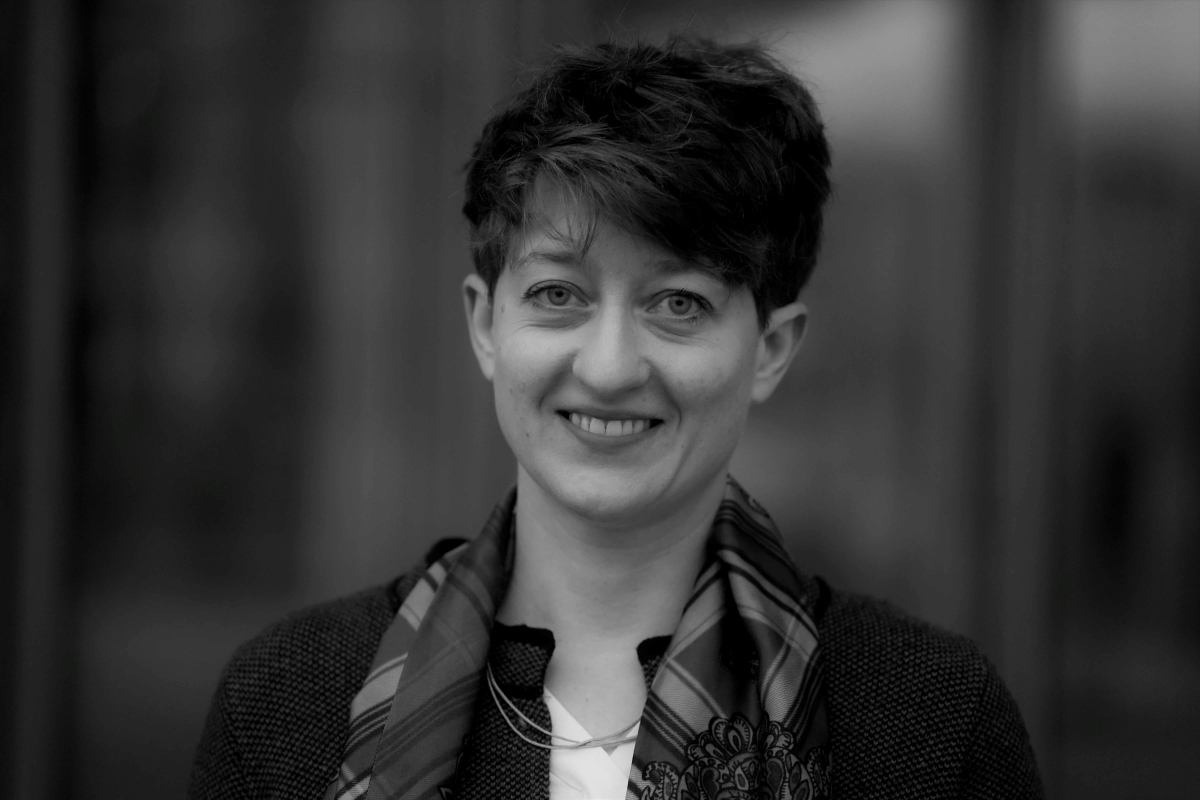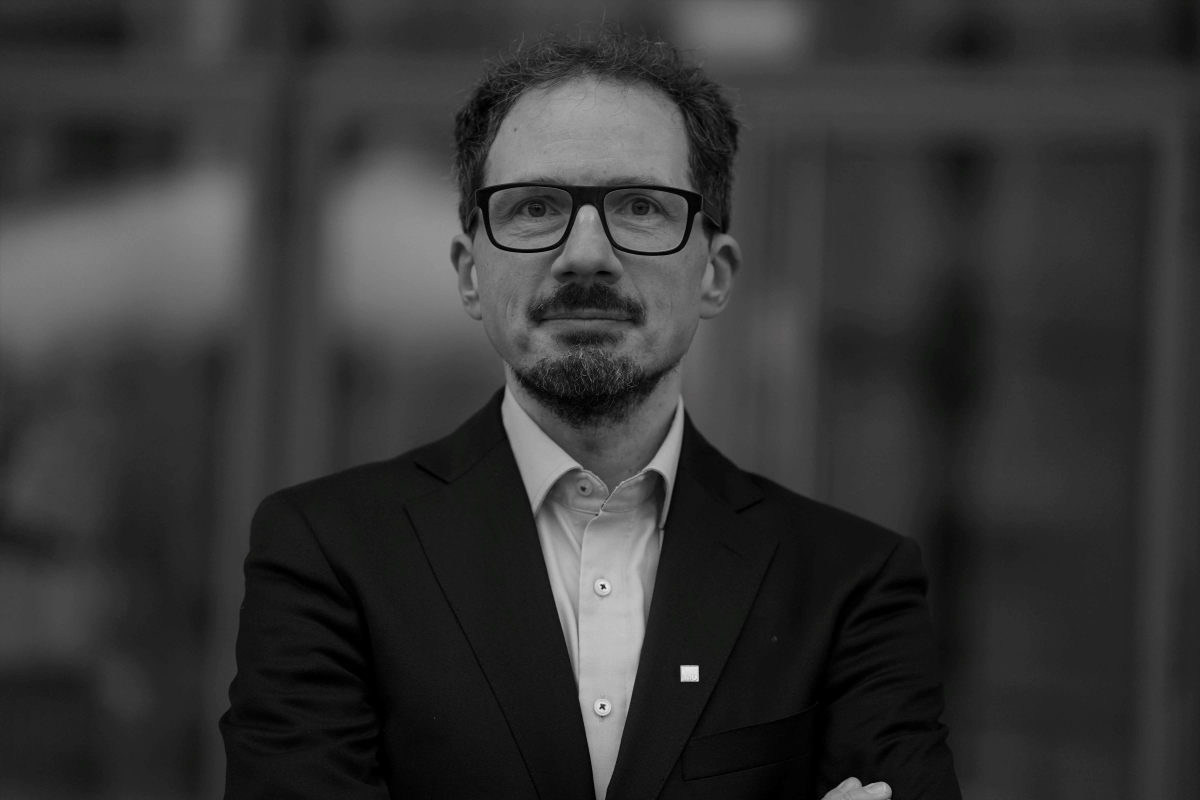
GettyImages-1084541968
Exploring science communication: The MSCL
The Munich Science Communication Lab is dedicated to the research topic "Planetary Health", which considers the health of both the planet and its human population.
How can communication with heterogeneous target groups be accomplished successfully? How can research processes be made more clearly comprehensible and the inner workings of the institutions involved be made transparent? And what is needed to strengthen public trust in the role of science?
Four newly founded interdisciplinary research centers in Kiel, Tübingen, Bonn/Dortmund and Munich are being supported as part of the "Science Communication Cubed" funding initiative, which aims to establish long-term experimental spaces for research on science communication. In each of the four centers, practitioners of science communication work side by side with researchers drawn from across the disciplines and communication sciences, each with a different focus.
The Munich Science Communication Lab (MSCL)
"In order to live on our planet in the future, we need to address the major man-made problems: zoonotic pandemics, climate crisis, dwindling biodiversity," warns public health scientist Eva Rehfuess. "They are all interrelated." However, the linkages are often not presented clearly enough in public communication, observes Julia Serong. "'Climate change' more often than not stands for 'everything that's happening out there,'" says the communication expert.
Co-creative development processes
In the Munich Science Communication Lab, Prof. Rehfuess and Dr. Serong conduct research in cooperation with scientists from a wide range of disciplines, science communicators and media experts. From geophysicists to epidemiologists, from museum directors to journalists, they are all working on a shared topic: the still young research field of 'Planetary Health', which focuses on the links between human health and that of our planet. "We want to open various doors for the public through which they can approach the topics of this highly interdisciplinary research field," says Serong, describing the common goal.

Prof. Dr. Eva Rehfuess conducts research on public health, global health and planetary health at the Ludwig Maximilian University of Munich.
We aim to be risk-taking, open-minded and innovative in our approaches [..].
The researchers are quick to emphasize the experimental nature of their projects. "We aim to be risk-taking, open-minded and innovative in our approaches – both in terms of what we do and the way we do it, in the process of development or in setting goals," says Serong. Practitioners and researchers from different disciplines work closely together in this comprehensive network and involve their target audiences in the development and testing of new communication formats and content. With their shared engagement in co-creative development processes, the Munich scientists are entering new territory – and are subsequently facing a number of completely new challenges.
One of these is to make topics appealing to the public while at the same time taking into account the scientific quality criteria set by the researchers whose findings are the objects of their communication efforts. "We are at the center of a triangular field of tension," says Serong's colleague Bernhard Goodwin: "Our presentations should be accurate, not bland, and at the same time easy to understand." Moreover, the process of communication itself should be structured and implemented according to scientifically proven principles. "We want to define the goals of our experiments in such a way that they also advance the research field of science communication and we find out something about how people communicate with each other," describes Goodwin.
Communicating from a multilayered field
"We are interested, for example, in how the topic of planetary health functions as a frame – with regard to strategic communication, journalism, and the target groups," says Julia Serong. Michael John Gorman explains what it means to study a topic as a frame: "For example, we're asking the question whether people are more likely to change their beliefs and behaviors if we communicate climate change in terms of how it can also make us sick?" The founding director of the BIOTOPIA Natural History Museum, which is currently in the planning stages, contributes to MSCL as an experienced science communicator. The framing aspect is part of the overarching question as to how science communication can convey so-called 'wicked problems'. This refers to problems that have multiple causes and, as Gorman explains, "need to be addressed over and over again."

Dr. Julia Serong conducts research on science and health communication and media quality at Ludwig Maximilian University in Munich.
Wicked problems: Problems that need to be addressed over and over again.
The MSCL participants also want to help the various target groups of science communication gain a better understanding of research processes and structures. The common theme of 'Planetary Health' offers many opportunities for this. The numerous research disciplines involved contribute multiple aspects to the consideration of a multifaceted problem. However, the knowledge processes are complex and very dynamic. "Communicating from such a multi-layered field is a challenge," says Julia Serong.
Relationship and dialogue
To find out how communication on complex problems and processes can be accomplished, the Munich researchers want to better understand the reciprocal relationship between the actors. One of their questions is how their expectations can be better aligned. "For example, we know far too little about what motivates scientists to talk about their research and what they hope to gain from it," Serong explains. "As well as about the dynamics that then unfold: How do we deal with disappointment and misunderstandings, for example?"

Dr. Bernhard Goodwin conducts research on environmental and science communication at Ludwig Maximilian University in Munich.
Dialogic forms of communication are called for – and dialog also calls for active listening.
Structuring a relationship is also the key to reaching new target groups. "We all know that the old model of the expert informing the ignorant public no longer applies in science communication," says Michael John Gorman. "Instead, we need dialogic forms of communication – and dialog also calls for active listening." BIOTOPIA Natural History Museum has therefore made 'empathy' one of its core objectives. "Listening with empathy means structuring relationships and heeding the other person's perspective," Gorman explains. "It helps us understand how to reach our target groups." In the case of museums, though, he says there is a particular difficulty: they are (usually) directly tied to a locality. "We have to think beyond that individual locality and get creative!" emphasizes Gorman. Because BIOTOPIA is currently under construction, he says, the people shaping it have an exciting opportunity to incorporate MSCL's experiments and findings directly into their planning. "With the communication scientists at MSCL, we could explore ways to reach out to people and engage in dialog with them."
The theme provides motivation and cohesion
Working in MSCL provides a great opportunity for shared learning on the part of everyone involved, says Rehfuess, a public health scientist. "By constantly shifting perspectives to look at diverse aspects of a problem, we will find common concepts and a common language."
Bernhard Goodwin also emphasizes that the overarching theme holds MSCL's wide network together. "It asks pressing questions that motivate all of us. And it has a clear communication aspect," he says: "Issues around science, political and health communication come together here." To spur joint activities among the many partners, MSCL will call for projects on focus topics such as nutrition or mobility. Researchers and practitioners can then come together in workshops to design and flesh out proposed projects. The changing focus topics can later also pick up on emerging trends in 'planetary health research' and open up approaches to further problems and contexts.

Prof. Dr. Michael John Gorman is museum director and founding director of BIOTOPIA Natural History Museum Bavaria.
Communication and social transformation
In combined efforts, the partners in MSCL aim to translate their findings into communication strategies and practices that benefit all sides – communicators, researchers and citizens alike. "I would like our findings to have a transformative effect on communication surrounding complex issues," says Gorman. Eva Rehfuess goes further: "By making people aware of the links between saving the planet and preserving our health," she says, "I hope we can contribute to a much-needed societal transformation."

Die beteiligten Institutionen und Praxispartner des Munich Science Communication Lab.



